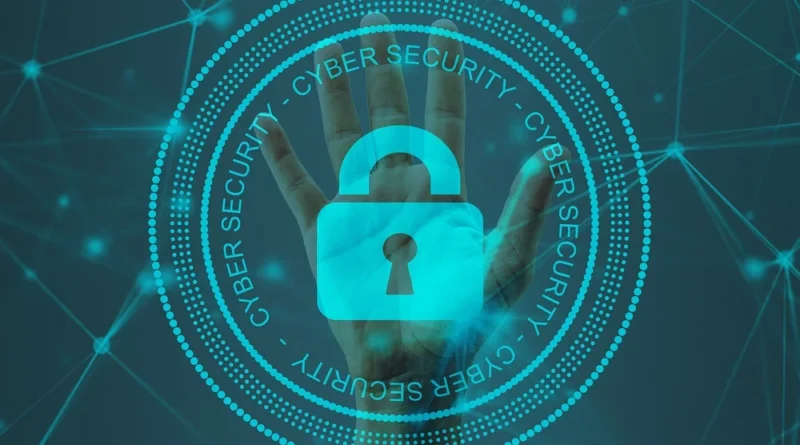10 Essential Cybersecurity Best Practices Safeguarding Your Digital Assets
In today’s increasingly digital world, safeguarding your digital assets is paramount. Whether you’re an individual or a business, the need for robust cybersecurity practices has never been more critical. From personal information to sensitive business data, the threats to your digital assets are varied and ever-evolving. This article will explore ten essential cybersecurity best practices to help you protect your valuable digital resources effectively.
Also read; Apple’s Vision Pro Launch: Revolutionizing the Future of Technology
Strong, Unique Passwords
It may sound basic, but strong, unique passwords are the first line of defense against cyberattacks. Avoid common passwords like “password123” or “admin,” and opt for complex combinations of letters, numbers, and symbols. Consider using a password manager to generate and store strong passwords securely.
Multi-Factor Authentication (MFA)
Even the strongest passwords can be compromised. MFA adds an extra layer of security by requiring users to provide two or more forms of verification before granting access. This typically involves something you know (password) and something you have (like a mobile app or hardware token).
Regular Software Updates
Hackers often exploit vulnerabilities in outdated software. Keeping your operating systems, applications, and antivirus software up to date is crucial. Enable automatic updates whenever possible to ensure you’re protected against known vulnerabilities.
Educate and Train Users
Human error remains one of the most significant cybersecurity risks. Educate yourself and your team about phishing, social engineering, and other common tactics used by cybercriminals. Regular training and awareness programs can significantly reduce the risk of falling victim to these tactics.Use a Firewall
Firewalls act as a barrier between your network and potential threats from the internet. Both hardware and software firewalls can help protect your systems from unauthorized access and malicious traffic.
Regular Data Backups
Data loss can occur due to cyberattacks or hardware failures. Regularly back up your data to secure, offsite locations. Test your backups to ensure you can recover your information when needed.
Implement Network Security
Employ intrusion detection systems (IDS) and intrusion prevention systems (IPS) to monitor network traffic for suspicious activity. These tools can help identify and mitigate threats before they cause damage.
Secure Mobile Devices
Mobile devices are increasingly targeted by cybercriminals. Use strong passcodes, encrypt your data, and be cautious about the apps you install. Only connect to secure Wi-Fi networks, and consider using a virtual private network (VPN) for added protection when accessing public Wi-Fi.
Regular Security Audits
Performing security audits helps identify vulnerabilities and weaknesses in your cybersecurity measures. Regularly assess your systems, networks, and policies to ensure they remain effective against evolving threats.
Incident Response Plan
No system is entirely immune to cyberattacks. Having a well-defined incident response plan in place can minimize the damage and downtime caused by a breach. Know how to detect, contain, and mitigate the effects of a cyber incident swiftly.
Also read; How New Technologies Are Redefining the Way We Travel
In conclusion, safeguarding your digital assets is an ongoing process that requires vigilance and adaptability. Cyber threats continually evolve, but by implementing these ten essential cybersecurity best practices, you can significantly reduce your risk and protect your digital assets effectively. Remember that cybersecurity is not a one-time effort; it’s a continuous commitment to staying informed and proactive in the face of an ever-changing digital landscape.




